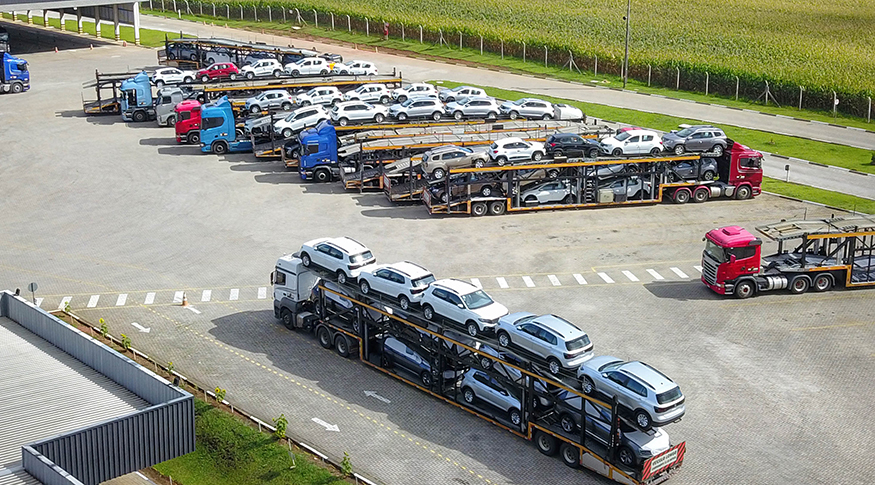Industrial production
Industry grows for the eighth month in a row, but closes 2020 with drop of 4.5%
February 02, 2021 09h00 AM | Last Updated: February 02, 2021 11h38 AM

The industrial production grew for the eighth month in a row and advanced 0.9% from November to December. Even with the cumulative high of 41.8% in the period, offseting the 27.1% decrease from March to April - which had led the sector to its lowest level in the series - the industry closed 2020 with decrease of 4.5%, sharpening the 1.1% drop of 2019. It is the worst yearly result since 2016, when there was a decrease of 6.4%.
The Monthly Survey of Industry (PIM), released today (2) by the IBGE, also shows that, in the last quarter of 2020, the sector advanced 3.4%. Compared to the pre-pandemic level of February, production in December was up 3.4%. In comparison with December 2019, there was an increase of 8.2%.
Sector of motor vehicles accrues high of 1,308.1% in 8 months, but shrinks 29.1% in 2020
The advance from December to November reached three of the four major economic categories and 17 of 26 surveyed sectors. For the survey manager André Macedo, this result shows a regular growth in industrial production in recent months. "This widespread profile of expansion is present in this period", he explains.
Among the activities, the greatest influence continues to be that of motor vehicles, trailers and bodies (6.5%). The segment accumulated an expansion of 1,308.1% in production in the last eight months, eliminating the loss of 92.3% recorded in March-April 2020. However, in the cumulative rate of 2020 against 2019, the sector was also the major negative influence (-28.1%).
Another positive influence in the transition from November to December came from basic metals, with a 19% increase, the sixth consecutive rate and a cumulative rate of 58.6% in the July-December period. "It is a segment that has acted in line with the growth in production in the car industry," says Macedo. In the year, however, basic metals accumulated a drop of 7.2% against 2019.
In December, the mining and quarrying industries also stood out, with an increase of 3.7% compared to November, interrupting three months of consecutive negative results. In the cumulative rate of 2020, the sector presented a 3.4% decrease against 2019.
Other important positive contributions from November to December: machinery and equipment (6.0%), textiles (15.4%), wearing apparel and accessories (11.5%), rubber products and plastic material (4.8%), pharmaceuticals (8.4%), computer equipment, electronic and optical products (4.7%) and metal products (2.9%).
Among nine activities that showed a decrease in production, the main ones were food products (-4.4%), beverages (-8.1%) and coke, petroleum products and biofuels (-1.3%).
Among the economic categories, capital goods and durable consumer goods grew 2.4% each and recorded the highest rates in December. It is the eighth consecutive month of expansion in the production of both categories, accumulating an increase of 134.9% and 565.7%, respectively. The two segments are above the level of last February: 14.9% and 5.1%.
Intermediate goods, on the other hand, increased by 1.6% and registered growth above the industry average. As a result, the negative results recorded in October (-0.1%) and November (-0.2%) were offset. The only category that decreased in December was semi and non-durable consumer goods, with a decrease of 0.5%.
In the comparison between 2020 and 2019, all major categories decreased, with a highlight to durable consumer goods (-19.8%) and capital goods (-9.8%). “Both with a production dynamics closely associated with the car industry. In the case of the former, with the influence of cars, and in the case of the latter, transportation equipment, such as trucks”, analyses Mr. Macedo.




















